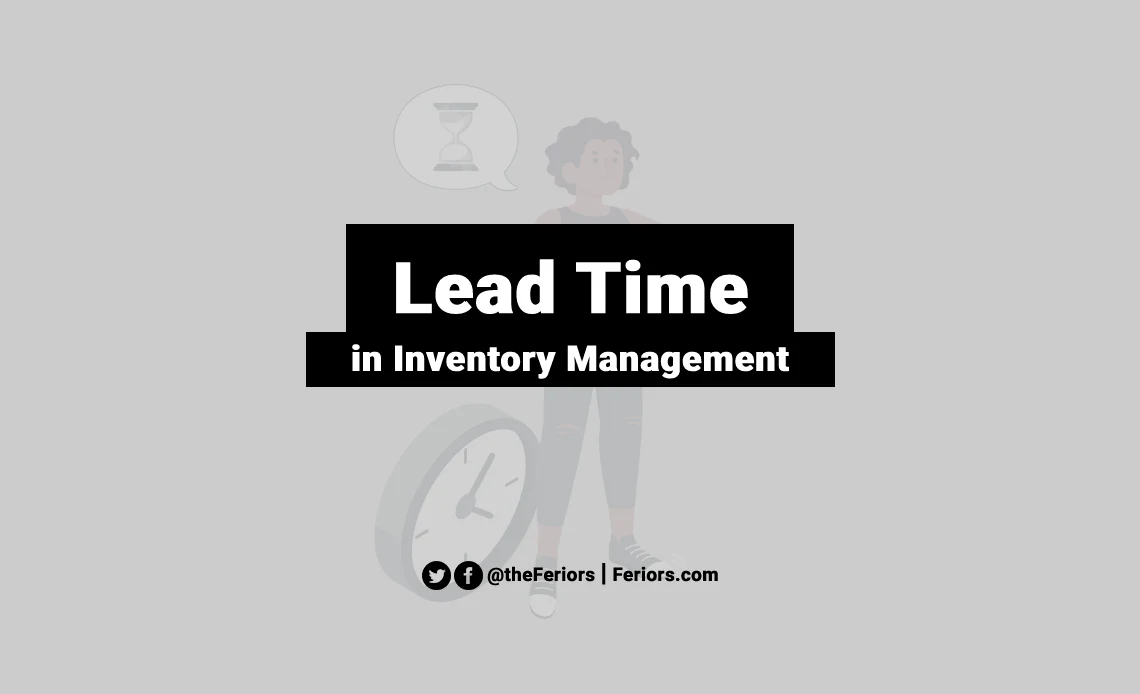What is Lead Time?
Lead time refers to the time it takes for a product or service to be delivered from the time an order is placed until it is received by the customer. This includes the time required to manufacture, assemble, and package the product, as well as the time required for shipping and delivery.
Lead time can vary depending on the product or service being offered, the complexity of the manufacturing process, the availability of raw materials or components, and the shipping distance.
Some products or services may have longer lead times than others, and some may be able to offer expedited delivery options for an additional fee.
In business, lead time is an important factor to consider in production planning, inventory management, and customer service. Longer lead times can result in higher costs, reduced customer satisfaction, and increased risk of stock-outs, while shorter lead times can improve efficiency, reduce costs, and increase customer satisfaction.
Example of Lead Time
For example, you want to order a customized piece of furniture for your home. The lead time for this product would include the time it takes for the manufacturer to create your unique design, order the necessary materials, build the furniture, and transport it to your location.
If the lead time for this type of furniture is 6-8 weeks, it means that you would need to place your order at least 6-8 weeks in advance of when you need the furniture delivered to your home. This lead time includes the time required for manufacturing, material sourcing, and delivery to your location.
During the lead time, you would be provided with updates on the progress of your order. Once the furniture is completed and ready for delivery, you will be notified and provided with a delivery date. The lead time can vary depending on the complexity of the design and the volume of orders being processed by the manufacturer.
How to Manage the Lead Time
By effectively managing lead time, businesses can improve customer satisfaction, reduce costs, and increase efficiency. These are the common ways to optimize lead time for the business:
Set realistic lead time expectations: Be transparent with your customers about the lead time required for your products or services. Make sure to set realistic expectations that take into account production time, shipping time, and any potential delays.
Monitor inventory levels: Keep track of inventory levels to ensure that you have sufficient stock on hand to fulfill orders within the lead time. Implement a reliable inventory management system to track inventory levels and reorder points.
Streamline production processes: Identify areas in your production process where improvements can be made to reduce lead time. Look for ways to optimize processes and eliminate unnecessary steps.
Build relationships with suppliers: Build strong relationships with your suppliers to ensure the timely delivery of materials and components. Communicate regularly with your suppliers to stay informed of any potential delays or issues.
Utilize technology: Utilize technology to automate processes and improve efficiency. For example, use an order management system to streamline order processing and reduce lead time.
Evaluate and adjust lead time: Regularly evaluate your lead time and adjust as necessary to meet changing customer demands and business needs.



